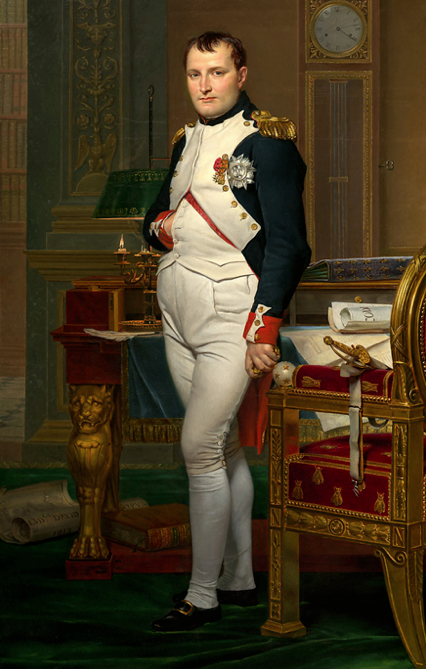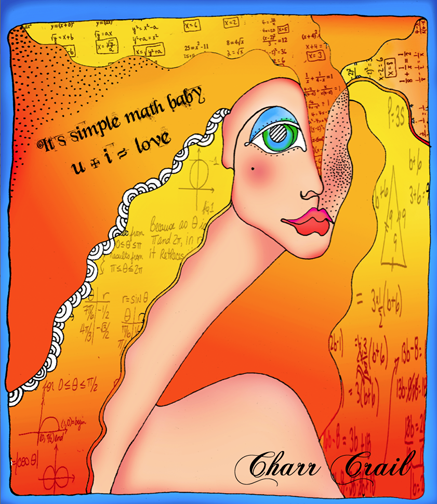“A picture is worth a thousand words.” Napoleon Bonaparte
This is one of those quotes that people use everyday and we all simply believe it– because it’s true and so perfectly stated!
Napoleon Bonaparte, the Emperor of the French from 1804 to 1814, told the artist Jacques-Louis David who painted this famous likeness, “You have understood me, my dear David.”
What more perfect response can we hope to capture from our subjects. As long as I have been a photographer I have strived to capture the intangible essence of my friends, loved ones and subjects. The greatest thing we can do for another as an artist is to see people, to capture them, to express their inner and outer most beauty. I deal with vanity everyday– both my own and that of the people I photograph. The one thing I have learned through my experiences and practicing compassion, courage and commitment to my art is that we are all beautiful, and in this moment more beautiful than we have ever been. We are the sum of our parts, the wisdom of our experience, the depth of our life on the earth and all that we know, all we have evolved into. It’s the human spirit that is the amazing and common thread that is in us all. We are perfection now and in each subsequent moment we continue our journey.
We may never say that directly to someone with words, but we certainly can say it with our truest artistic expression of that perfect person who has trusted us enough to have us create their image in whatever medium we use.

But what of the 1000 words when this particular image has spawned 1000 questions about the enigmatic placement of his hand in his coat in the famous painting by Jacques-Louis David, titled The Emperor Napoleon in his Study at the Tuileries. There are countless theories but no absolutes. Among them are that Naploeon had gout and was unable to hold his hand at his side comfortably. Another that the artist didn’t like painting hands so he didn’t. Napoleon did not sit for this portrait either, it was painted by the artist from memory. It’s also been theorized that the hidden hand was a feature of some statues of the ancient Greeks and Romans and ancient orators as well who tucked their hands into their togas. Here are even more. That he had a stomach ulcer, he was winding his watch, he had an itchy skin disease, a deformed hand, that in his day it was impolite to put your hands in your pockets, he had a perfumed sachet in his vest that he’d sniff surreptitiously. It has also been suggested that most of the people using this sign are members of the Freemasons. The “hidden hand” can be found in the rituals of the Royal Arch Degree of Freemasonry and the world leaders that use this sign are subtly saying to other initiates of the order: “This is what I’m part of, this is what I believe in and this is what I’m working for”.
Napoleon gave us one of the greatest quotes ever– “A picture is worth a thousand words.”– and also left us with one of the greatest mysteries as well. What is not a mystery, however, is the importance of seeing and capturing the beauty in everything, no matter how fleeting, no matter how small, no matter how hidden, no matter how shy. Beauty lives in us all and it is our job as artists to seek it and express it in our own unique ways.

